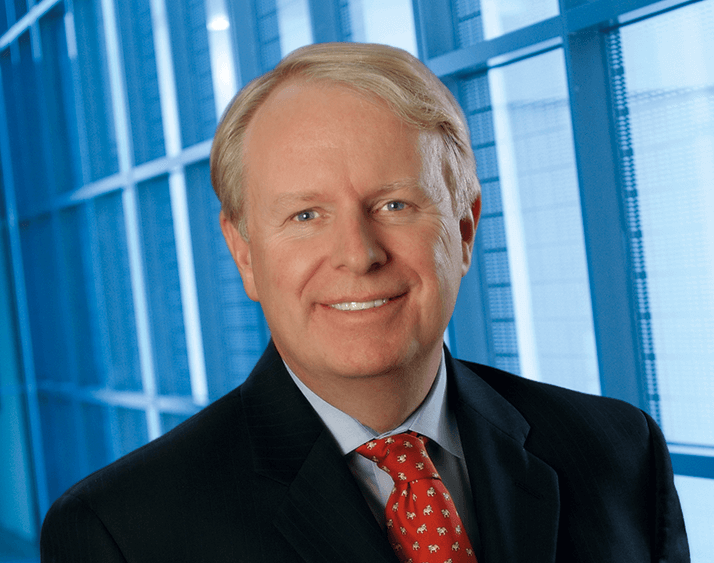
To an American, I would say it was like being in the Marine Corps; to a European, I would say it was like 1939. We were fortunate to have people who were very experienced and very tough. From early on, we believed Valeant was trying to steal Allergan for far less than its true worth, so our job became to drive up the share price. We rallied together – and it’s a tremendous commendation for the whole team that we still managed to grow 17 percent globally last year.
In the end, we focused on value. We had to cut costs ourselves to bolster the stock price, but a lot of our customers rallied behind us too. They prescribed Allergan instead of a competitor’s product because they wanted to support us. They believed in what we’d been doing for innovation, patient care and physician education, and it showed.
I’m very proud of Allergan’s research and development numbers. We measure R&D spending as a percentage of sales, and historically it’s been 16 to 17 percent. Last year, because we had to moderate spending to defend ourselves, it ended up being about 14 percent. But that’s not nearly as far as it would have dropped under an asset-stripping organization like Valeant – they planned an overall operating expense reduction of 64 percent, which included an R&D spending reduction of 90 percent.
I’m happy to say that what will occur with Actavis is quite different. The operating expense reduction is only 15 to 16 percent, so in terms of the programs that are most visible to clinicians worldwide, they won’t see much difference between what we planned to spend and what Actavis will invest in the next few years.
There are a lot of lessons in my career. I think a key one is to be prepared. For instance, we didn’t really believe Valeant would come after us because they were too weak on their own. It was really the partnership with Pershing Square that made things difficult – it was like flying along in a fighter jet and suddenly having two enemy planes of different speed and capability attack from different angles with different weaponry.
We defended ourselves by having an advisory team ready to go, and by having a strong board that was aligned around our strategy. Because of that, I was able to dedicate most of my time to fighting the raiders. It was like total war every single day. I visited the New York Times that summer and the reporter called me “the Braveheart of Allergan.” To which I replied that I didn’t plan on ending up in four pieces – I’d rather be Robert the Bruce!
In the end, it comes down to business results. But we also needed to put our goals and delivery of value into the right context for the public, because the other side was using whatever information they could to their own ends. Now that the hostilities have ceased, going to the media is a completely different experience – people that were screaming at me four months ago are congratulating me!
One person commented that few people in a tough spot like ours actually have the courage to talk to the media. There’s value in being careful, but after hearing that, I said, “I’m going into the lion’s den.” The Financial Times had eight reporters in that day; the Wall Street Journal had 14 or 15! It’s odd to be the most interesting person around, but it’s also a bit like walking on a sea of knives. I’m proud that my team and I were able to handle that.
I’m interested in philanthropy. My younger brother is an ophthalmologist, and he’s realized that nowadays you can put pretty much anything in a bag and go and practice in the developing world – which he does. The reason I mention his work is because one of the things I plan to do in the future is build an eye hospital in Africa, so his advice might be very useful for that. Once I’ve moved on from Allergan, I’ll still have ongoing responsibilities – I’m president of the International Council of Ophthalmology Foundation, on the advisory board of the American Academy of Ophthalmology, and most recently the American Optometric Society. I’m happy to do all that. Philanthropy will be an integral part of what I do next, and after working in ophthalmology for so long, I think I’ve probably decoded its alphabet as well as anybody on the planet. So I’ve got to put it to good work now.
David was originally interviewed for The Ophthalmologist (www.theophthalmologist.com)




